The answer is YES.

At the end of 2023, Google announced that the company would start deleting inactive accounts.
Let’s review what it means to be “inactive”, what you need to do, and why this might be a serious blow to our cultural history.

At the end of 2023, Google announced that the company would start deleting inactive accounts.
Let’s review what it means to be “inactive”, what you need to do, and why this might be a serious blow to our cultural history.
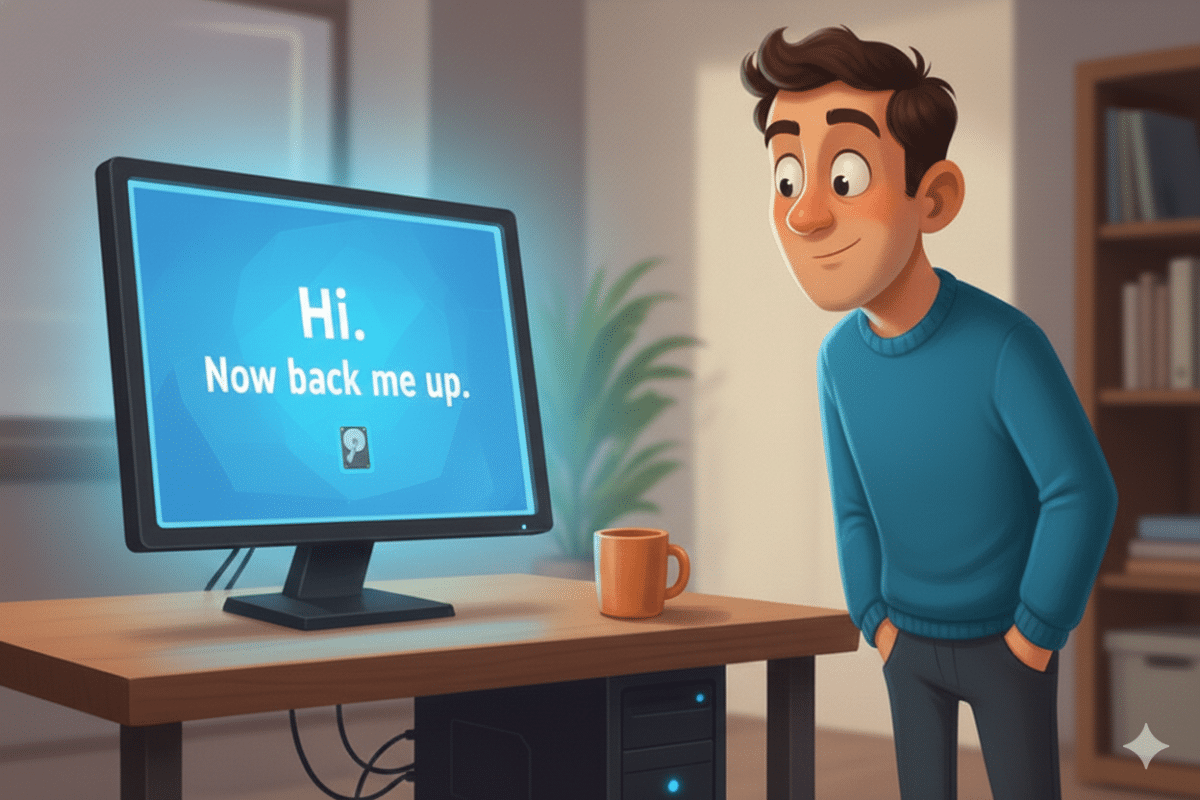
Creating an image backup of a brand-new machine boils down to a chicken-and-egg scenario: you want to back up the unmodified machine, but you must modify the machine by installing software to back it up.
Or do you?
There are a couple of approaches to this. One is practical and easy, and the other is technically more accurate.

In a previous article about speeding up Windows, I mentioned that sometimes a computer can appear to be slow, but the fault may be in your internet speed.
That raises the question, of course: how do you increase internet speed in Windows?
I have some suggestions.

As I watched a “major” security issue1 unfold a few years ago, I read the media reports seeming to claim that the end of the world (or at least the internet) was upon us. I felt like I was supposed to be panicking.
I didn’t, and neither the world nor the internet ended.
It’s not in my nature to panic. That’s just the kinda guy that I am. Panic may occasionally be called for, but usually it does more harm than good.

That’s a synthesis of the comments I get frequently on some of my most viewed content: my articles and videos on account recovery.
Folks are often pissed at me because the process doesn’t work, even though I usually start by saying, “This process might not work.”
Call this tough love if you like: there’s really no one to blame but yourself, no matter how many “thumbs down” you give me. Instead, learn from the situation and take the steps you should have taken to begin with to make sure this never happens again.

Yes, you need a recovery email for every account that offers the ability to set one.
Recovery email is one of those concepts that is easy to take for granted and assume everyone understands. Even if you do, you might want to review the concepts and ensure that the recovery email addresses you have are set up properly.

A reader recently commented:
I disagree.
You don’t need a password-strength tester.
You should, however, use a password-found tester. And while it’s not “some random website”, there is a website I suggest you use.

In two other articles — What Can a Website I Visit Tell About Me? and What Are Browser Cookies and How Are They Used? — I discussed how websites gather information about the people who visit them.
What I didn’t talk about in much detail is that through clever use of cookies — typically associated with advertising — some services gather and use more information about you.
We need to talk about tracking and third-party cookies.
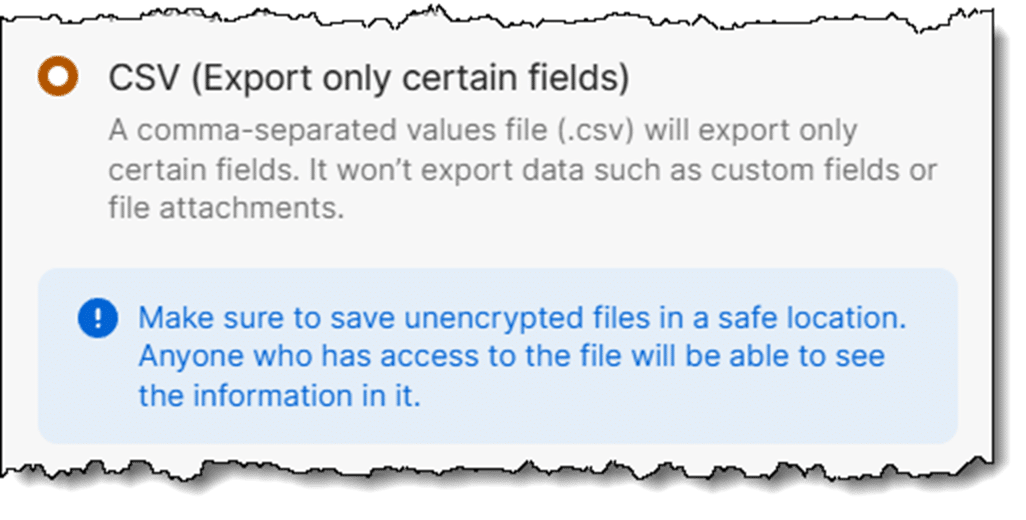
What you describe happens more often than one might think.
There are people who use an application for some time and suddenly find that the company is no longer in business, and there’s no way to get an update. Sometimes that means they can’t migrate to current versions of their operating system if they want to keep running that now-unsupported software.
It’s something I consider when selecting important software. Depending on what programs we’re talking about, there are approaches you can use to back up your data and protect yourself from potential software obsolescence or disappearance.

This question has one simple and one complex answer.
The simple answer is that most of the time, you can’t.
The complex answer, of course, is: it depends.

2FA (Two-Factor Authentication) adds a strong safety net, but it doesn’t replace the need for good passwords. As the first factor, passwords work together with 2FA to protect you from different kinds of attacks.
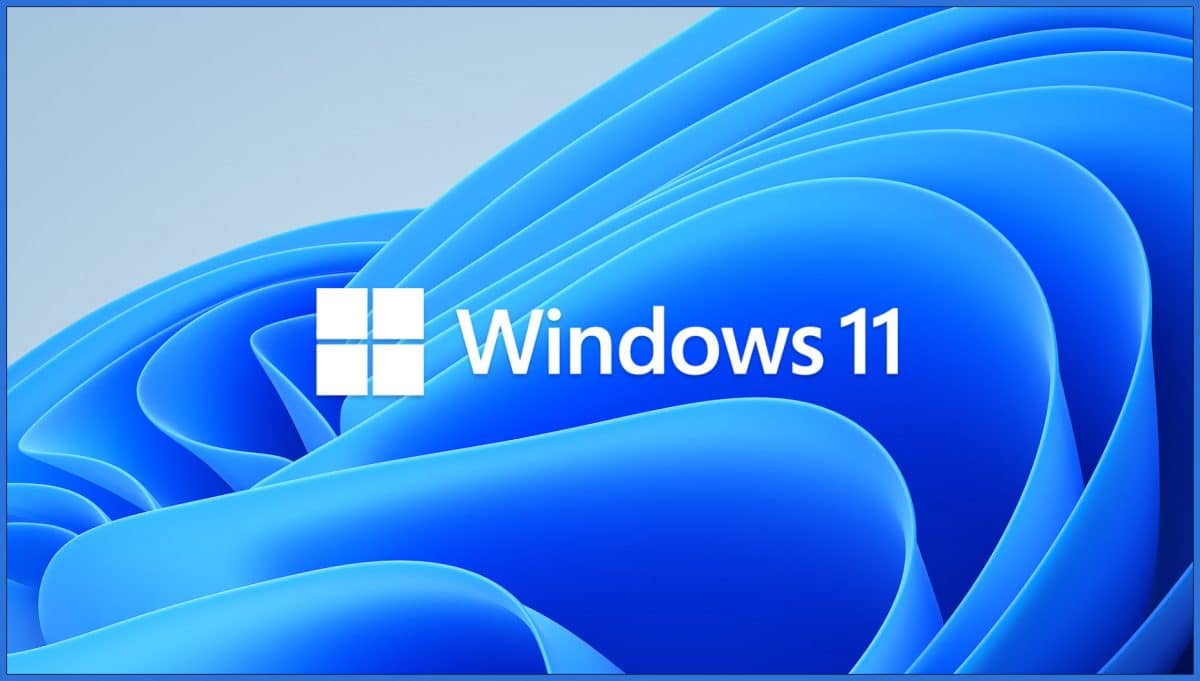
With the end of support for Windows 10 having passed (or been extended, or something), I’ve heard from many people complaining, “But Microsoft said Windows 10 was the last version of Windows!”, often followed by some form of “neener neener!”
In my opinion, Microsoft did not lie when “they” said, “Windows 10 will be the last version of Windows.” Let me don my asbestos underwear and explain what I think happened.

It’s common advice to keep your system and all your installed applications as up to date as possible. Windows Update takes care of Windows and many of its apps, as well as other Microsoft apps like Microsoft Office.
But what about everything else?
The reality is a mishmash of applications that install update checkers that run all the time, apps that check for updates each time you run them, apps that check for updates every so often as you run them, and, of course, apps that don’t check for updates at all.
UniGetUI is a great solution for all that.
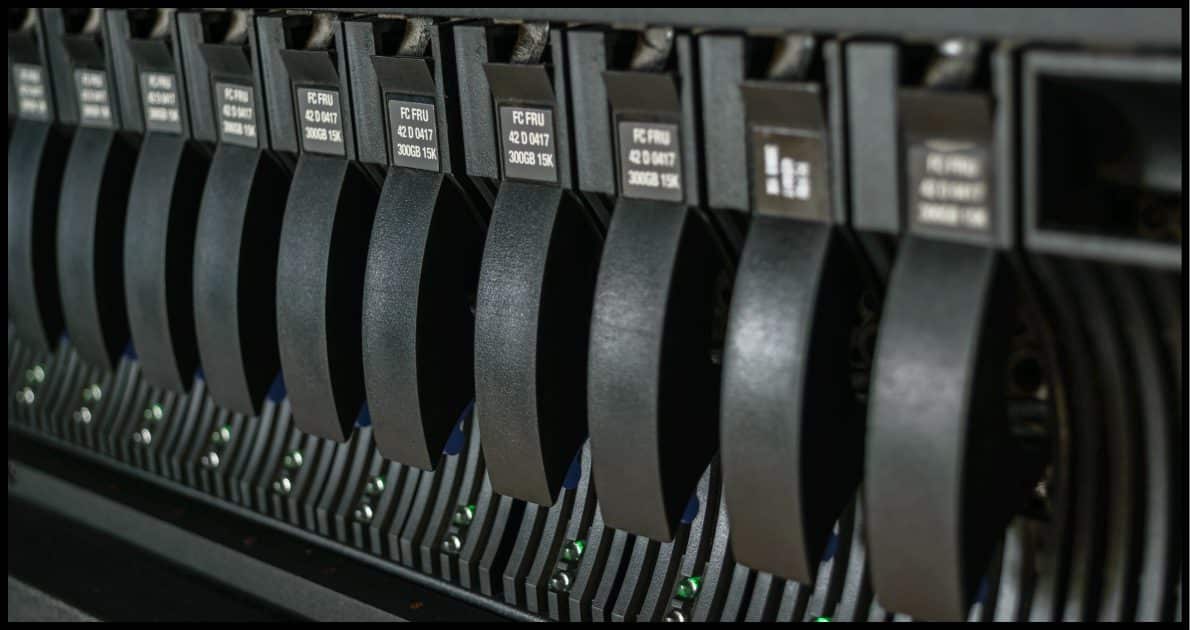
No. No. No. Absolutely not.
And, by the way, NO! 
RAID is not backup technology and should never be considered a replacement for backing up.
I’ll review what RAID is and, most importantly, what it is not.

From time to time, I get emails like this one:
Hello everyone,
Just letting you know we have changed our email address to {email address removed}.
Our old address, {email address removed}, was compromised. Please delete it.
We will stop using our old address immediately.
Thanks,
{name removed}
{new email address removed}
On one hand, this is an easy way to let your friends and family know that your email address has changed.
On the other hand, there are serious drawbacks to this approach. Let’s review the most common and what you should do instead.

Pagefile.sys is a file (along with swapfile.sys) created by Windows to manage memory usage.
It takes special steps to remove it, but it’s not difficult. I have instructions.
The catch: you probably don’t want to, and even if you do, it won’t make much of a difference unless you’re really low on RAM.
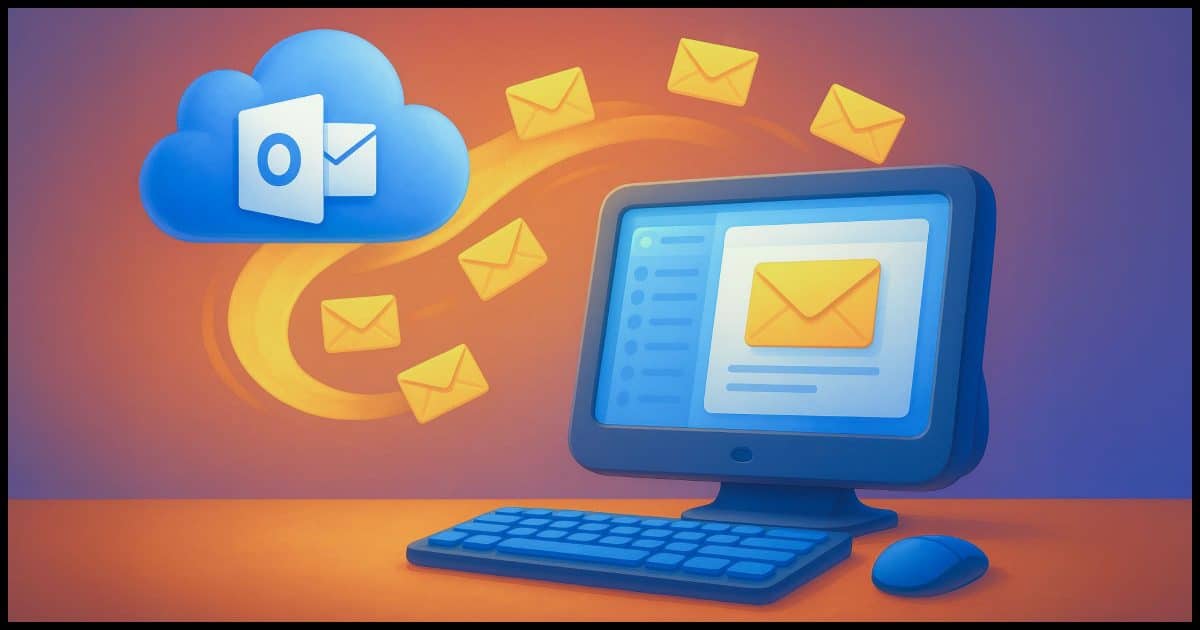
Most people don’t back up their online Outlook.com accounts. All their email is stored in exactly and only one place: in that account stored on Microsoft’s online servers. When the account is hacked or lost for any reason, all that email disappears, often forever.
Remember: if it’s only in one place, it’s not backed up.
To avoid the possibility of losing everything, backing up your Outlook.com account — or any online email account — is critical.
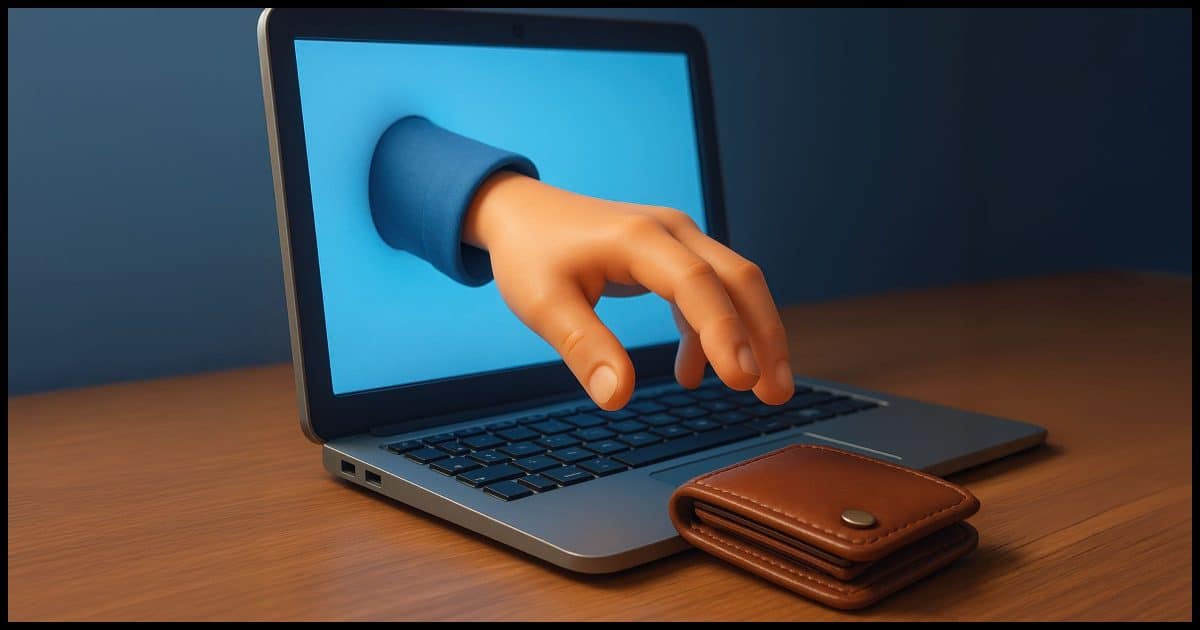
It’s no secret that scams are rampant and that older folks (which these days includes me) are being targeted heavily.
The US Federal Trade Commission recently posted False alarm, real scam: how scammers are stealing older adults’ life savings. It details some of the techniques scammers are using and steps you can take to stay safe.
I want to highlight some of what they said because too many people still aren’t getting the message.
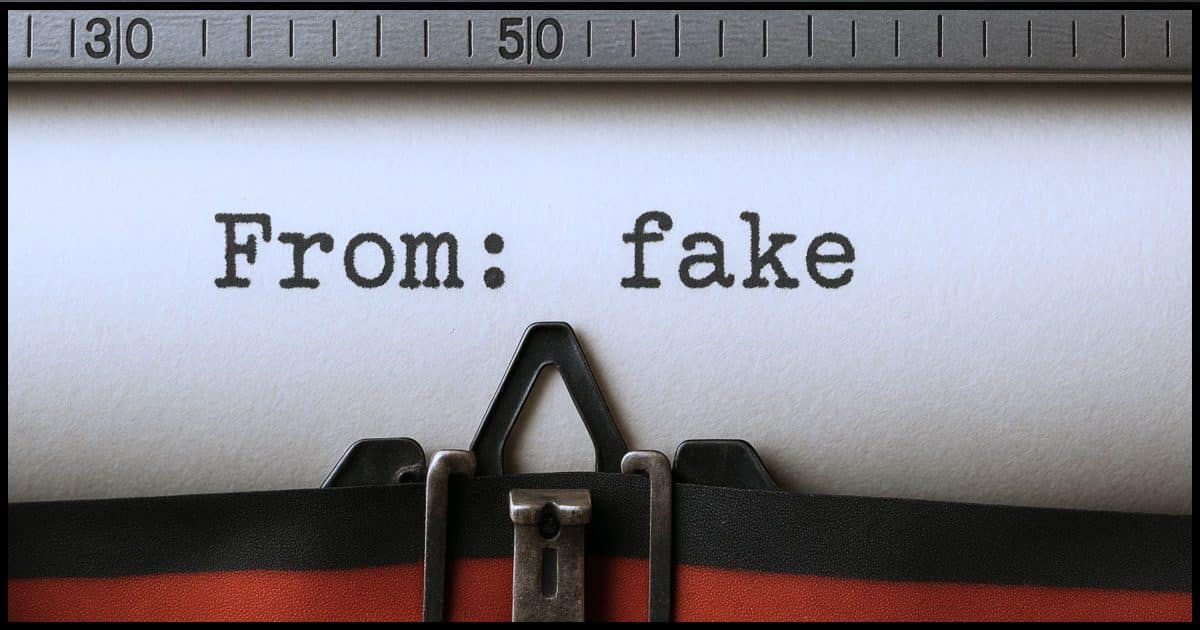
No. You have not been hacked. They don’t need access to your account.
“From” spoofing means faking the “From:” address on an email to make it look like it came from you. To do it, spammers don’t need access to your account at all. I’d say that 99.99% of the time it has nothing at all to do with your account, which is quite safe.
They only need your email address.
While your email account and your email address are related, they are not the same thing.

Don’t get me wrong: used properly, AI is an amazing tool. I use it myself daily for everything from idea generation to image creation to summarization and more.
I also use it for search and Q&A. Mostly. Sometimes. With a great deal of trepidation and skepticism.
When I hear people “just” use AI now in place of more traditional tools and techniques, I get worried… really worried.

Neither… and both.
Encryption in general, and whole-disk encryption specifically, has come a long way since it was first introduced many years ago. One of the most striking changes is its impact on performance.
I’ll put it this way: I would not let performance concerns hold you back from using whole-disk encryption.

There is no “better”, I’m afraid. Either can be great and either can be a nightmare.
It really depends on you, the resources you have available, and the specific stores — online or off — where you shop.
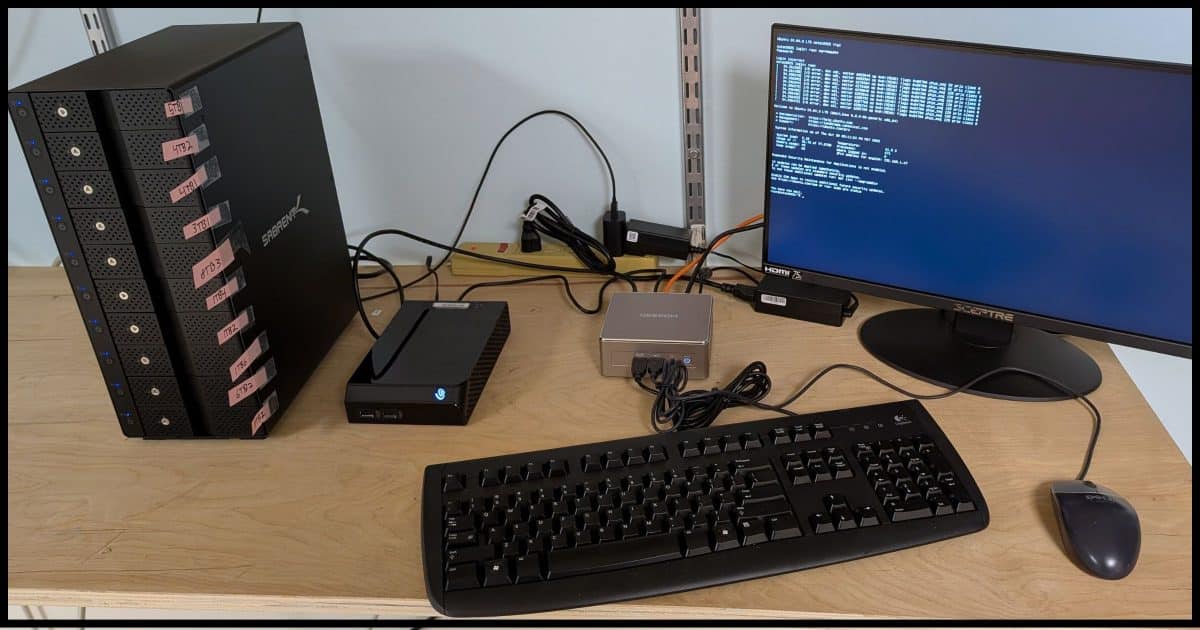
I recently replaced two old and very different machines with two identical, newer computers. I’ve become quite enamored with them.
They’re not for everyone, and some of the details I’ll share might be a bit geeky to digest, but if you’re about to replace a desktop computer, the upshot is that this class of PC might be worth your consideration.
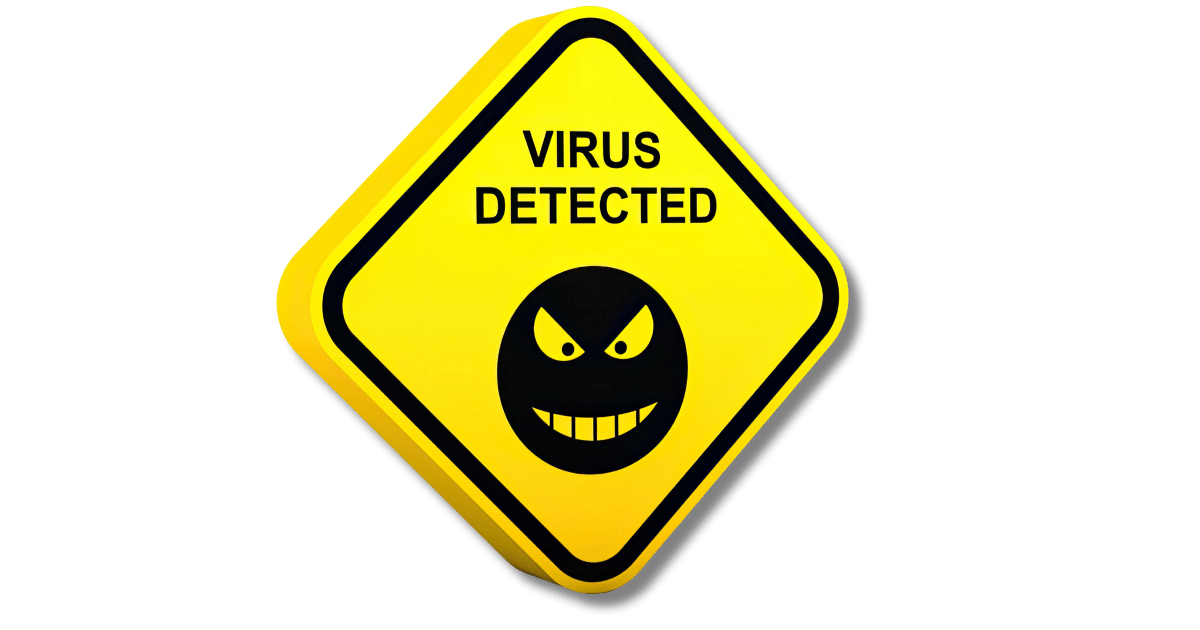
In other words, why don’t anti-malware tools work better? Why don’t they work the way we expect them to?
I fault AVG for the phrase “traditional viruses”. I think that puts an unrealistic spin on your expectations. Malware is malware, and that includes viruses, spyware, ransomware, rootkits, zombies, and gosh knows what else. What they mean by “traditional” is unknown, and I have no idea where the 3% figure comes from.
But there’s a kernel of truth in AVG’s statement. No matter what program you run, there’s still a chance your computer will get infected.

The technique is simple.
The technique is also time-consuming and ponderous.
Let’s review it, and what you can do to avoid this situation in the future.